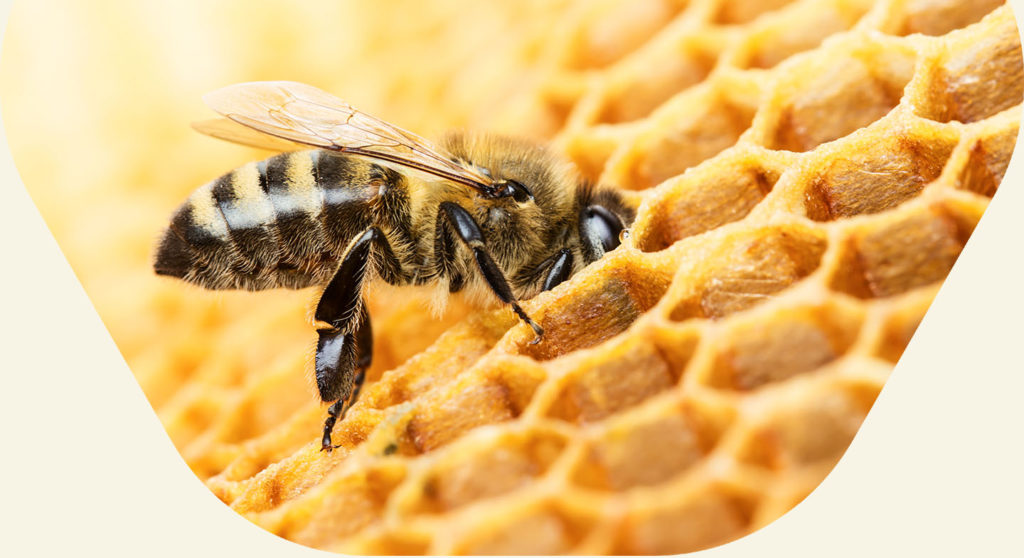API of the month
Mathieu Domecq
Editor-in-chief of the API blog of the month
A lacklustre mid-season after a very fast start…
In your API of the month we talk about this slowdown, as well as wild bees and alfalfa honey…
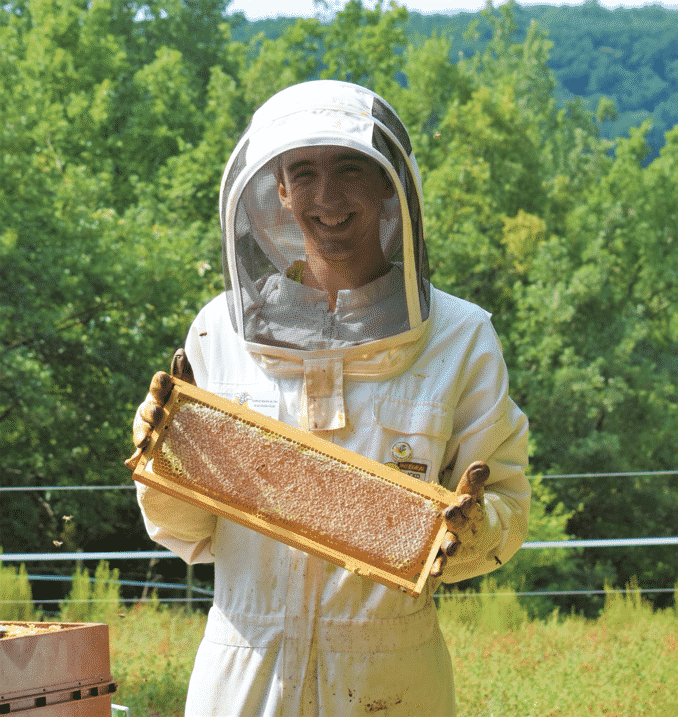
Season slowdown
Although temperatures were high in May and many beekeepers had a good spring harvest, colonies are now very inactive.
The lack of moisture and higher temperatures, especially in the south, has caused the next blooms to wilt. In addition to the fact that lime and chestnut honey harvests may be difficult, our bees now have no more reserves. The year’s swarms prepared by beekeepers are no longer building.
So, it’s essential to get back to feeding. By giving the bees syrup like our Apiinvert® products, they will be able to stretch new frames (in the body or the new super) and develop the brood. Some beehives are full of bees ready to be born. But there’s not a drop of honey to feed these thousands of bees in the coming days… So, watch your colonies carefully, even those with supers, as you may get some unpleasant surprises.
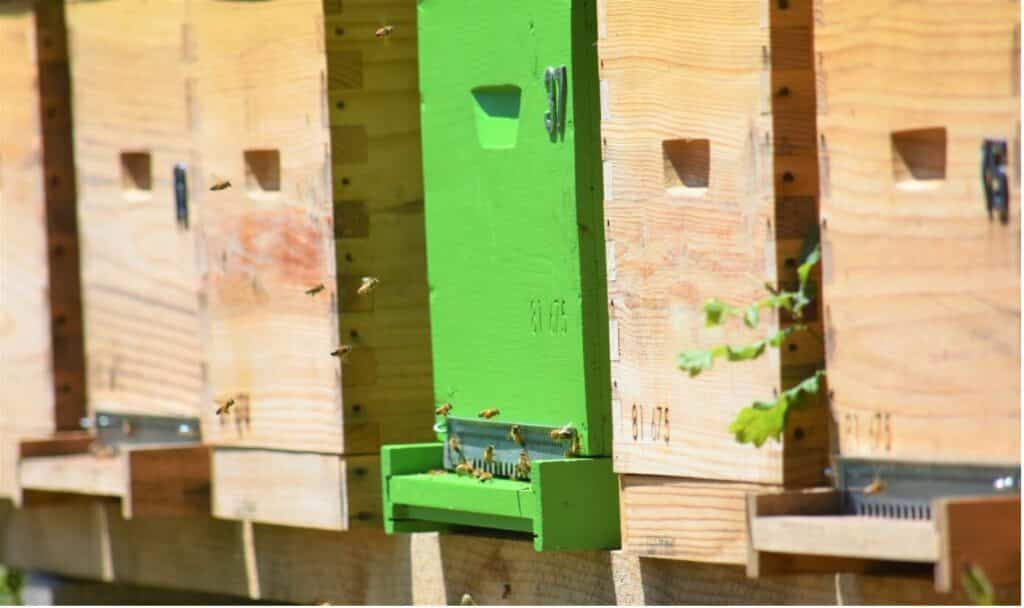
Getting to know wild bees
There is no lack of bee species! There are almost 20,000 in the world that are referred to as wild. We have about 2,500 of them in Europe. However, the majority of these species are at risk.
Wild bees are species that do not live in groups. They are solitary, and if we see them today, it’s most likely due to insect hotels in parks and gardens.
As with our bees from hives, there are two main causes of their disappearance: exposure to chemicals and loss of food resources.
In farmed areas, bees are affected by pesticides. These are neurotoxins that disorient them, change their behaviour and weaken their immune systems.
To ensure good development, colonies need high-quality, diversified pollen as a protein source and nectar as an energy source. Due to the spread of monoculture, this lack of resources leads to a lack of sufficient reserves, which affects both our wild and domestic bee populations!
Unlike our beehive, which has a foraging range of 3 km, wild bees only travel 100 to 300 metres. This makes it much more difficult for them.
Their role, however, is crucial. These bees ensure the stability of ecosystems by contributing to the pollination of wild and cultivated plants. Experts say that bees are responsible for half of our flower biodiversity. Their loss would lead to a disaster for botanical heritage. Without pollination, European crop yields could fall by 25–32%.
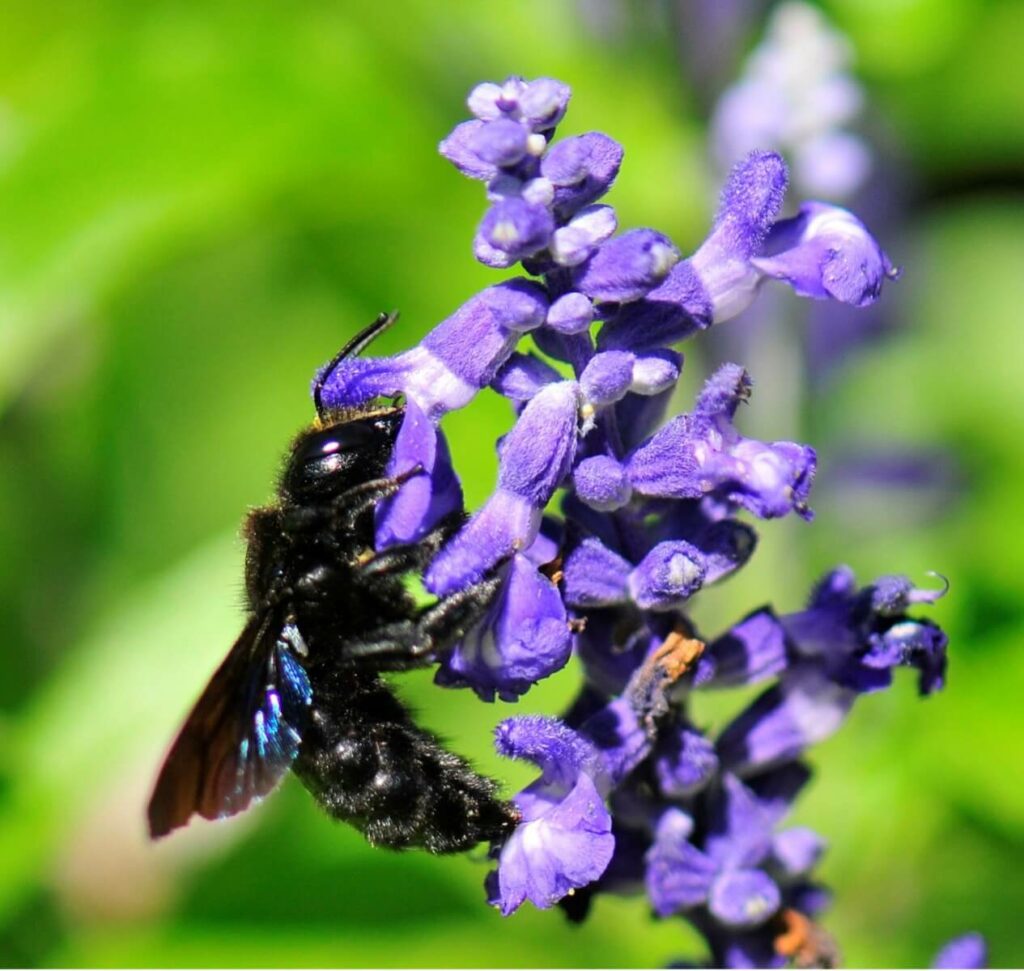
What can be done to protect wild bees?
Their preservation involves a number of different actions:
- recognising and protecting pollinators and their established habitats
- creating nesting sites for bees
- providing a range of native plants that flower throughout the season (floral fallows)
- rethinking existing land management practices to avoid causing harm to existing pollinators
- improving, restoring and creating habitats for butterflies and bees (insect hotels)
- not using pesticides
Let’s do everything we can to protect these species in our beekeeping. We can start by letting the flowers in our gardens grow and not intensively mowing clover and alfalfa, for example.
Alfalfa honey
Alfalfa, known as medicago sativa, is a melliferous flower. This means that is provides great benefit to our foragers. We see it everywhere in France, yet alfalfa honey comes almost exclusively from the Champagne-Ardennes region today.
As the flower’s corolla is quite deep, it makes work hard for our bees. Alfalfa honey varieties are light in colour. Due to high glucose levels (31–35%), these crystallise finely and quickly, with an almost white colour like rapeseed honey. This pollen does not have a clear sensory marker and it’s very tricky to analyse it.
Take photos of our wild bee friends and share them with us: we’ll post them on our website via social media with the hashtags: #apifonda #apiinvert!
We’ll be back next month on your API blog with your faithful partner, Les Ruchers De Mathieu!
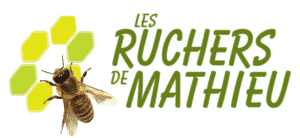
LES RUCHERS DE MATHIEU
Honey & Beekeeping Shop
Photos ©lesruchersdemathieu
